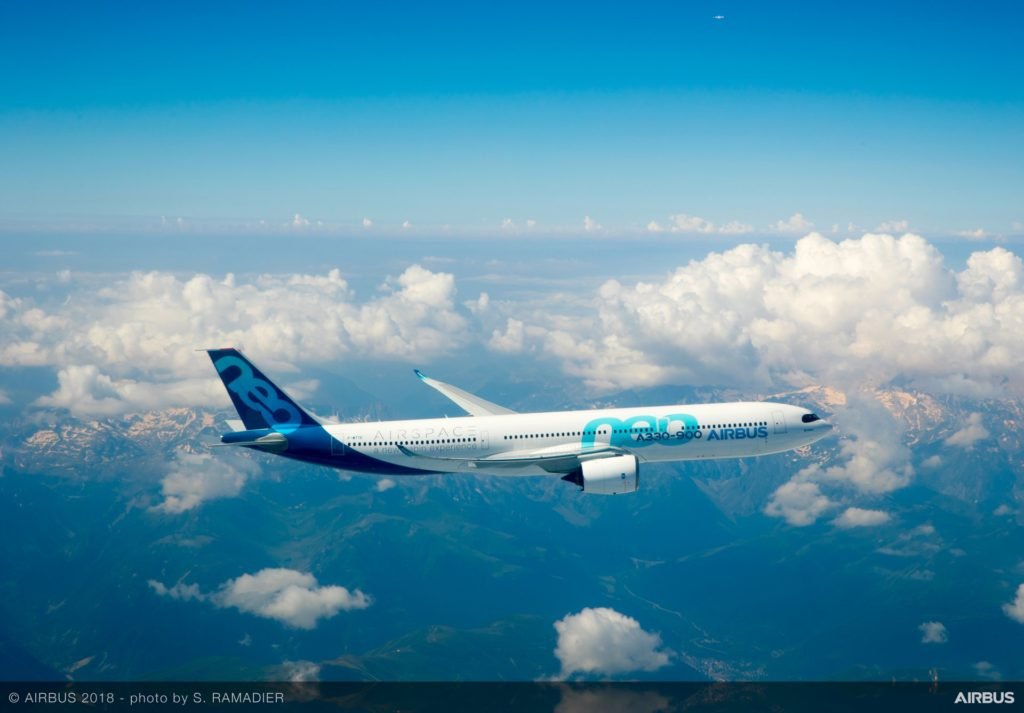Boeing May Deliveries Fall 56% on 737 MAX Groundings
FILE PHOTO: An aerial photo shows Boeing 737 MAX airplanes parked on the tarmac at the Boeing Factory in Renton, Washington (Reuters) - Boeing Co said on Tuesday it handed over 56% fewer airplanes in…
